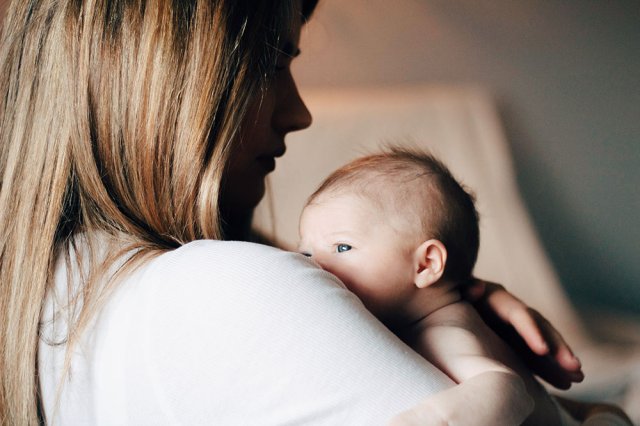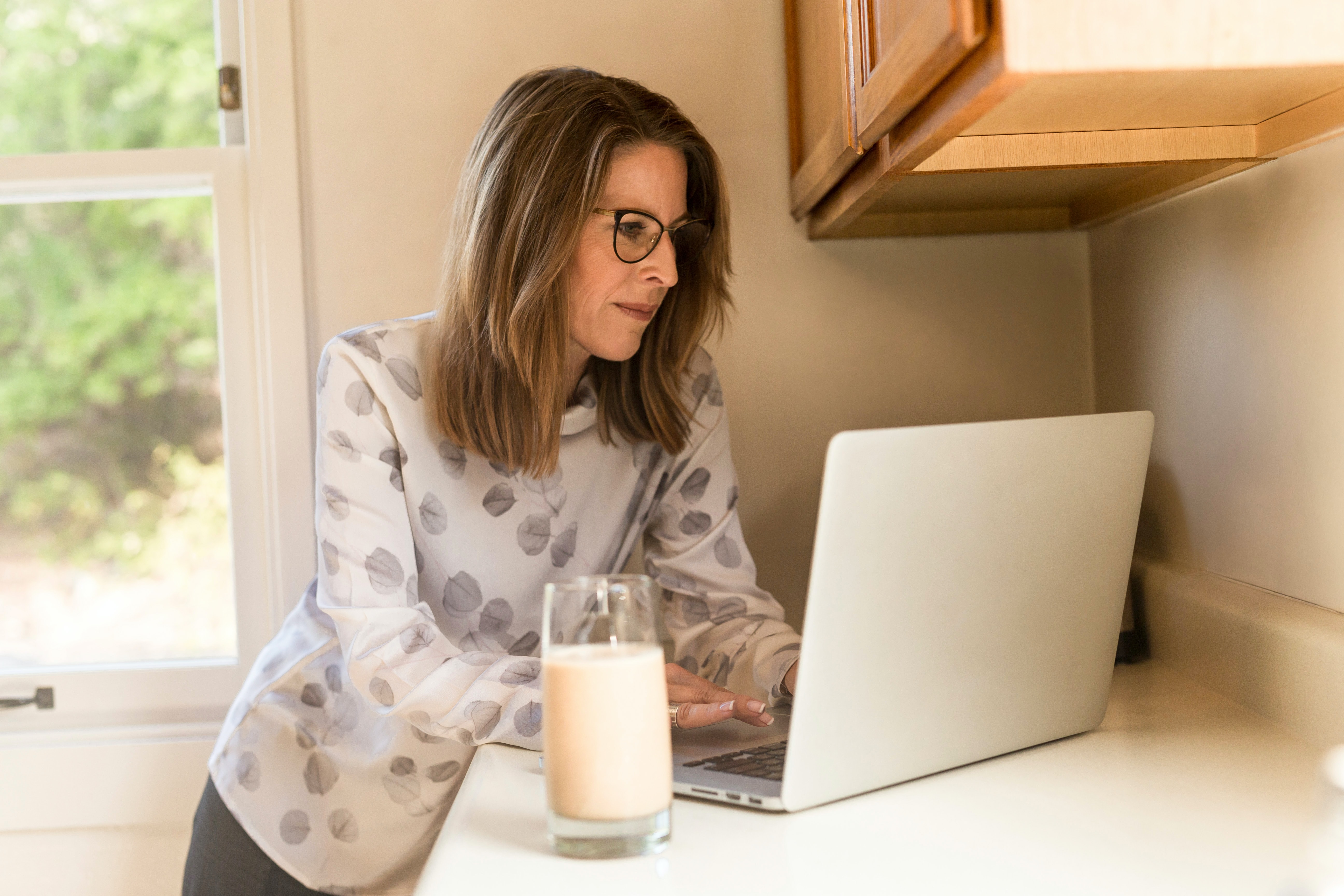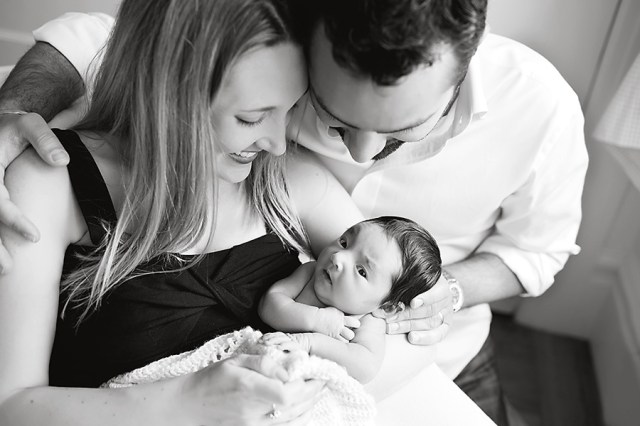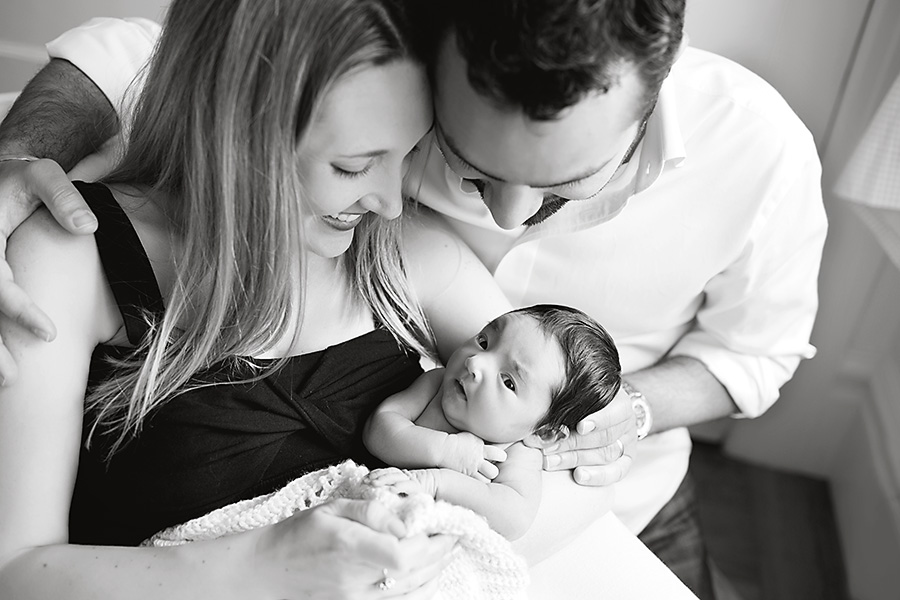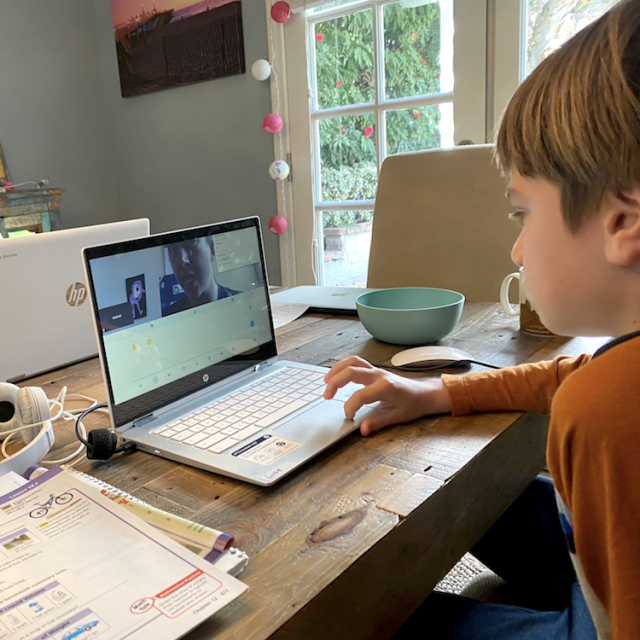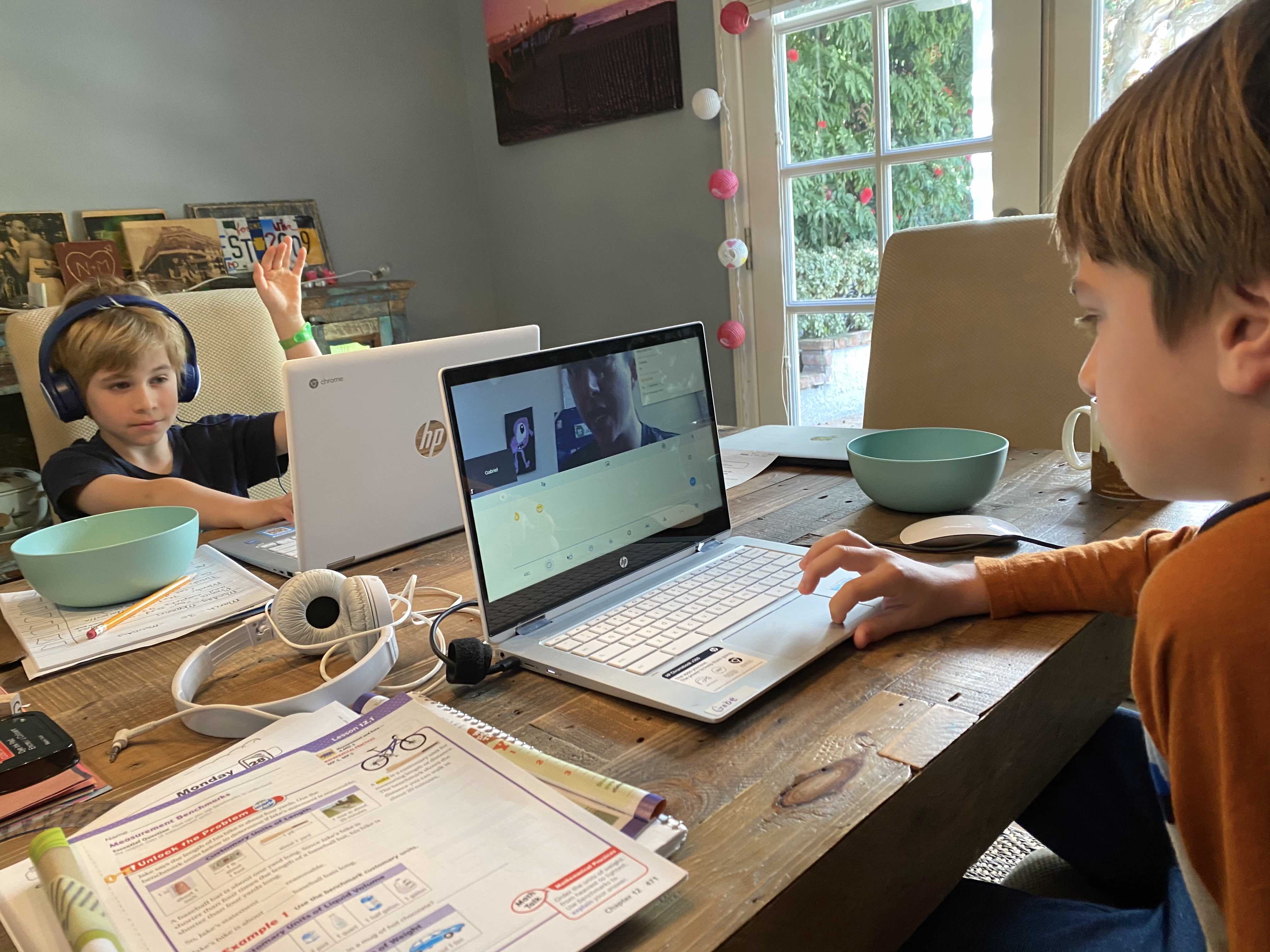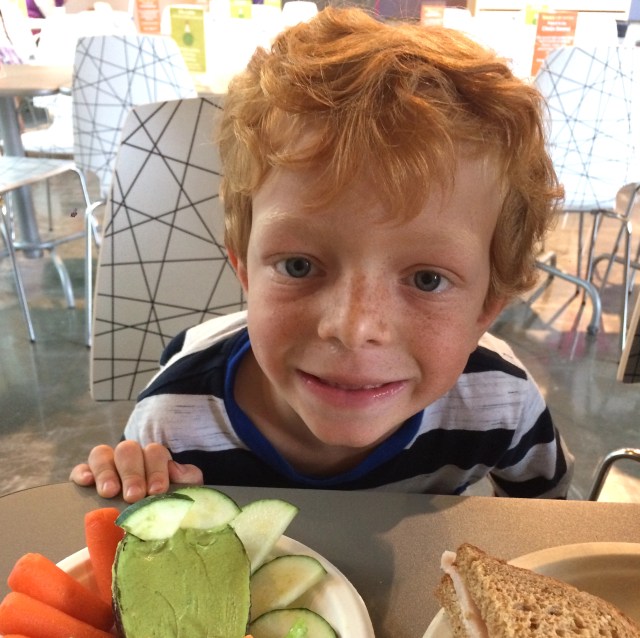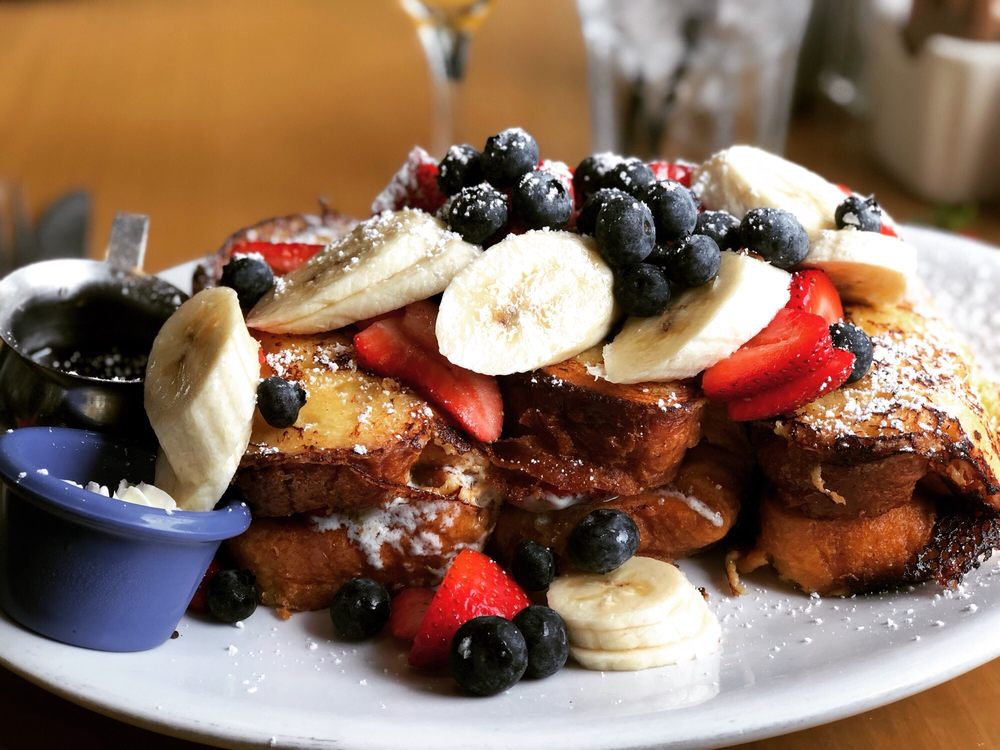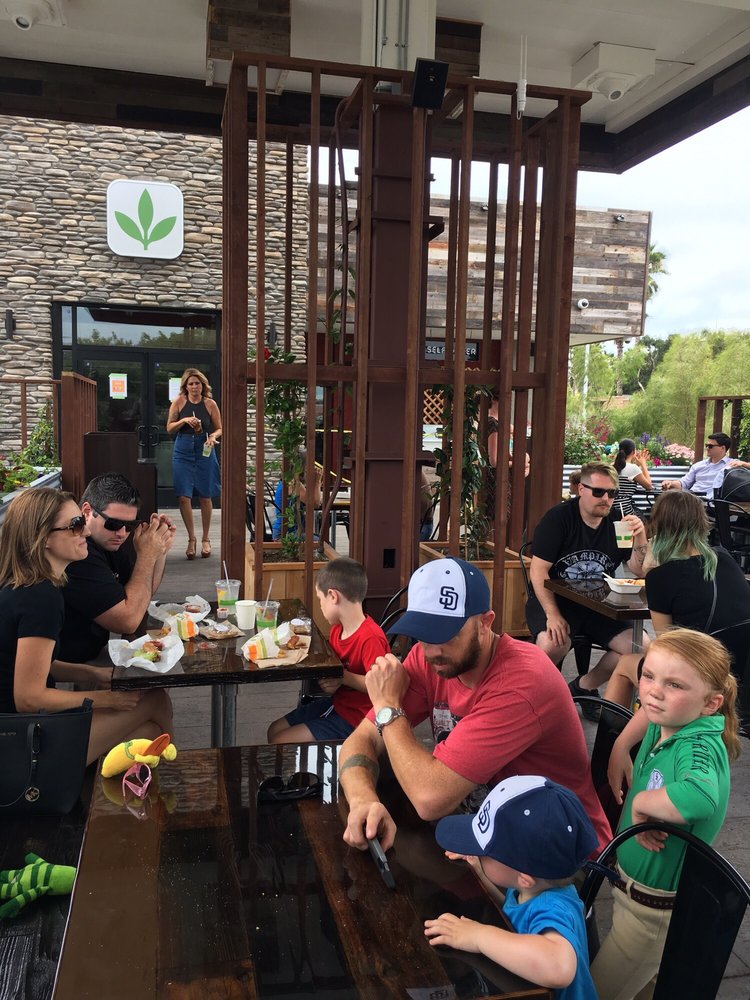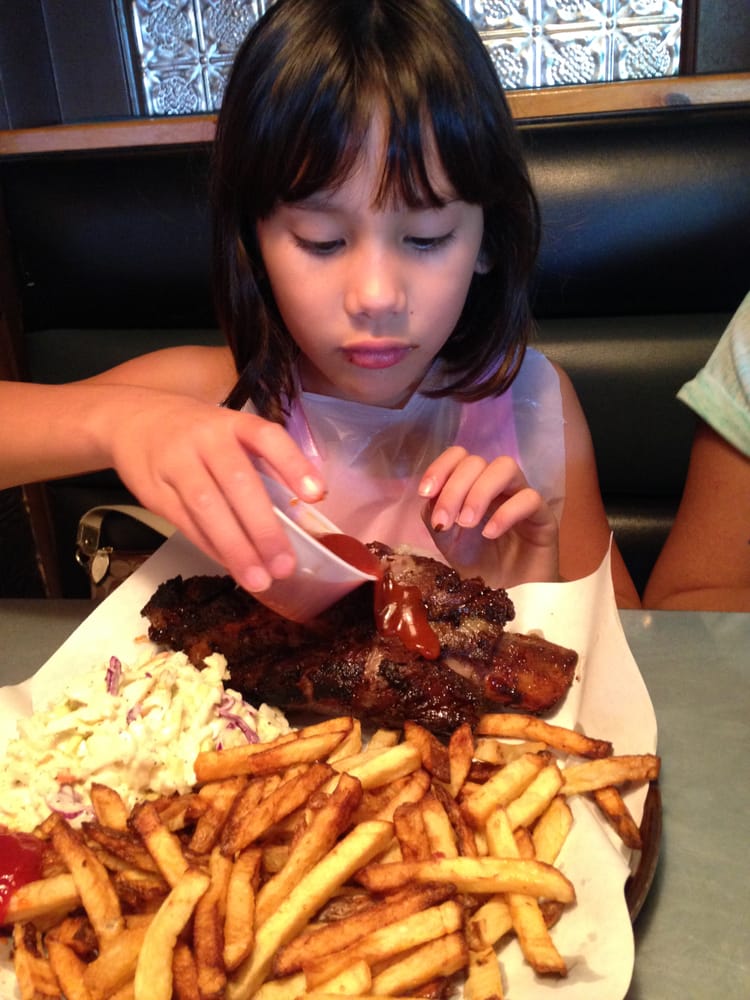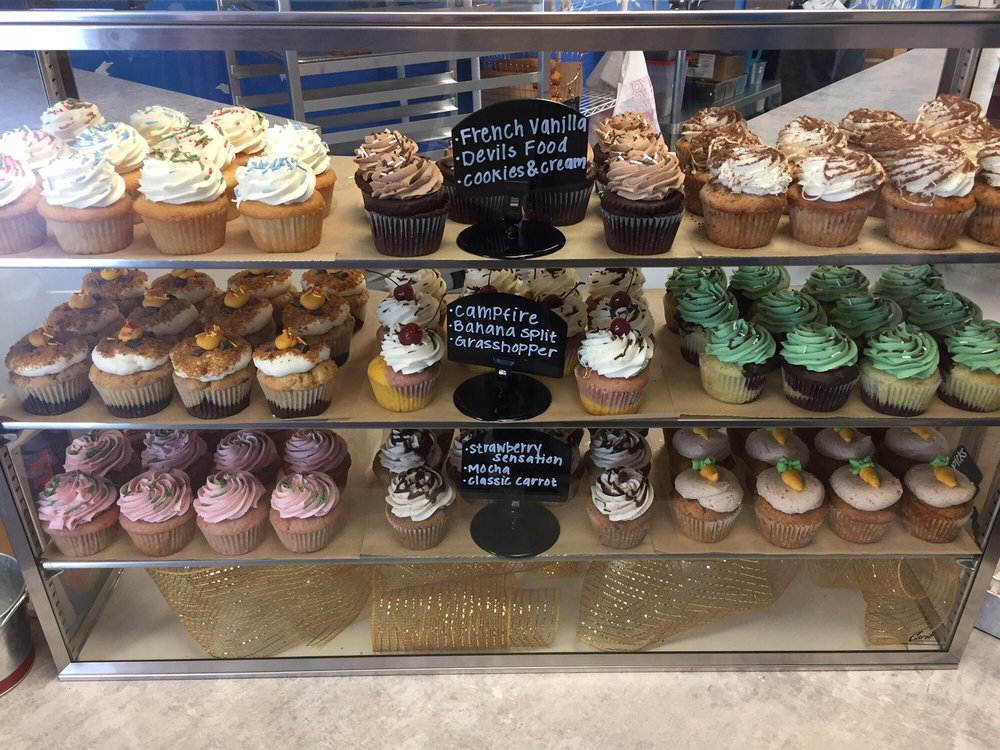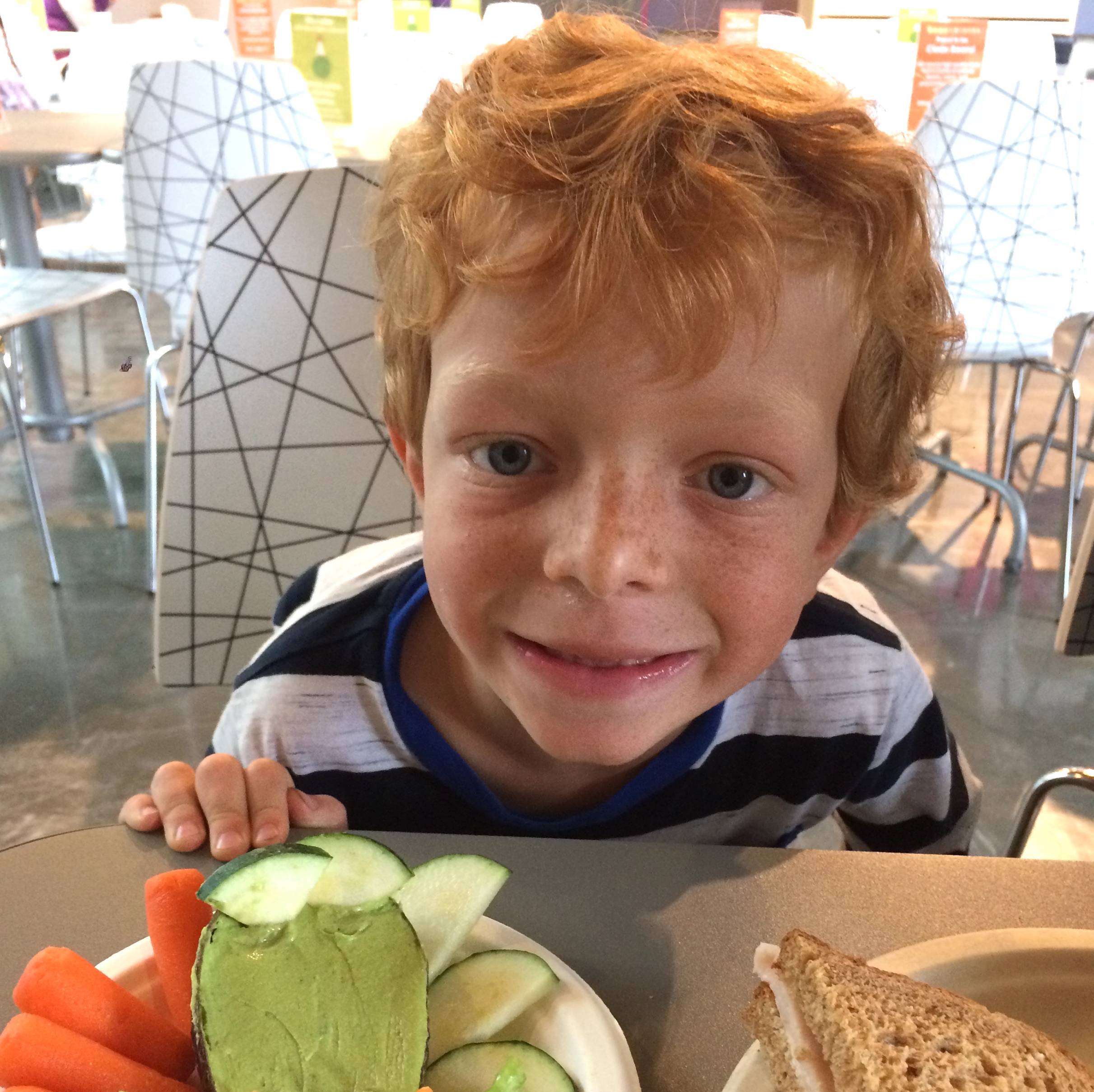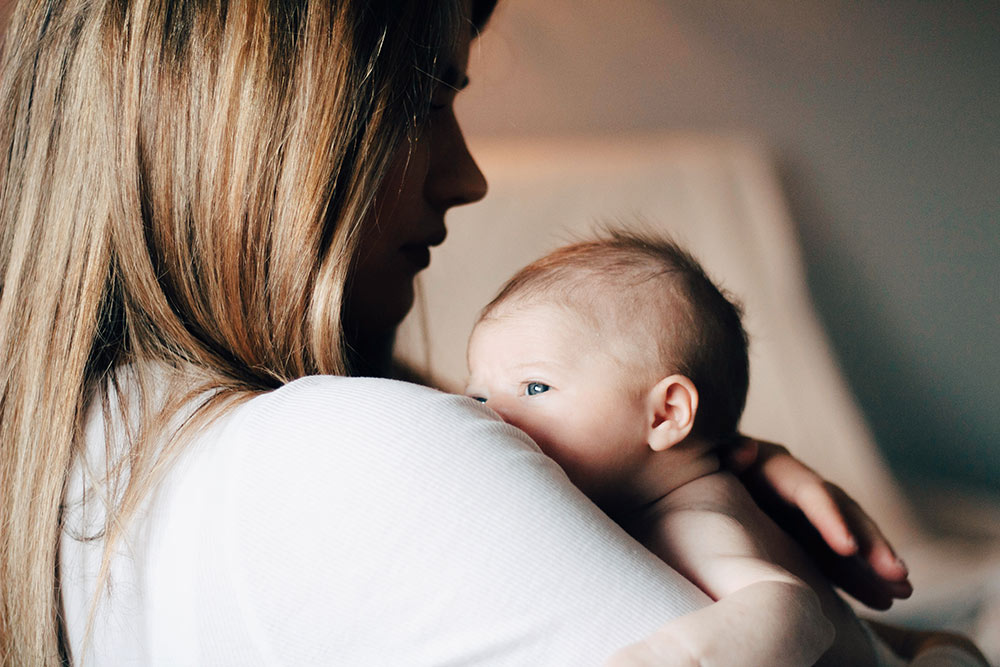
I just spent a few minutes looking at my “Today in the Past” photos of Facebook, including a few pics of my husband and me with our newborn daughter, who is 10 now.
Oh, I’d give anything to go back to those days…Actually, wait. That was REALLY hard, and there were a lot of tears, exhaustion, and anxiety.
(Why don’t they tell you that in a diaper commercial!)
Looking back, though, I realize that this time could have been so much easier and more enjoyable if I had seen things a little differently. I wish I could go back and tell my younger self what I know now.
1. Listen to your instincts and intuition. While I was super confident before having the baby in my ability to care for her, I quickly lost that confidence when I was holding a crying baby who wouldn’t latch and everyone kept telling me what I should or shouldn’t do. I wish I had had the guts to tell them what I felt in my heart so strongly. In hindsight, I knew what was best for me and my daughter, but I didn’t trust myself enough.
I’m not saying to ignore medical professionals or the well-meant advice of other moms, but voice your own thoughts first and make sure you are heard and seen. Because, after all, mother does know best.
2. A crying baby is not the end of the world. Although, truth be told, it can sure seem that way sometimes. Most of the time, though, they’re just trying to get what they need. So, be patient and calmly offer what she might need. Food, a clean diaper, sleep, connection, and love. Nine times out of ten, that will do the trick. And if not, keep calm and seek help.
Sometimes, there can be other issues that are causing the crying. Our daughter had reflux, so there was a lot of crying, very little sleep, and as a result, an overtired baby, who was very hard to settle. This is all a hindsight 20/20 thing, though, because back then, I took me weeks to figure it out, and I put some of the pieces together months later.
3. The sun will rise again. I felt the most lonely during nighttime when I was walking round and round in my room with a crying baby who wouldn’t fall asleep despite my best efforts. She was overtired, and so was I. I think those were the times I cried the most in the beginning. What I’d love to whisper in my past self’s ear is that this too shall pass. After this night, there will be daylight again. The baby will sleep eventually and in a few weeks, she’ll have figured out this night and day thing.
4. It’s just a phase. “This too shall pass,” as my Dad used to say. Every mom has probably heard this tip and given it to another mom, but while we’re in the trenches, it can be hard to remember. Everything is a phase with little ones. So, sometimes, the best you can do is just ride out the waves. And, for better or worse, it all really does fly by.
5. Know what to expect. I often wish I’d done more research on what to expect in the newborn phase (or even past that). Obviously, you can’t know everything, and every baby is different, but what I learned is that doing a little reading upfront can ease a lot of fears and help figure out what’s not working before it drives you insane.
6. Do things that make you feel normal. I struggled for the longest time to consolidate my past identity with my new identity as a mom. To be honest, I still do sometimes, but what has helped immensely is writing down when I feel most like myself and doing those things as often as possible.
Also, create routines. I found that routine activities made me feel happy and gave me a sense of control.
7. Ask for help. Can’t stress this enough! It does take a village to raise a kid, so don’t think you have to do it all by yourself. Ask your spouse, your family, or your friends to help out. It could be as simple as having someone to talk to when you’re covered in baby spit-up and in desperate need of a grown-up conversation. Or it could be a couple of hours of sleep or time to yourself. Have a friend do grocery shopping for you, or ask your spouse to take care of laundry.
8. Relax into it. This is definitely the hardest to do but makes all the difference. I still haven’t mastered it years into motherhood, but those times when I’ve managed to slow down, breathe and relax into it have been the best. Even when it happens as you’re trying to put your baby down and it’s been an hour already. Especially then.
9. Loosen up and let go. Bruce Lee once said, “Be like water, my friend.” In other words, go with the flow. You’re bound to have spit-up on your shirt 24/7, a messy home, crazy-lady hair, and a never-ending pile of laundry.
You could either stress about it or just let it go. Don’t worry, one day you’ll discover you’ve worn the same shirt for the whole day. You will get back on track with your laundry. You most definitely will find time for personal care again. One day, I promise!
So, if you’re down in the trenches right now, or about to become a new mom for the first (or third) time, I hope this post offered some support, understanding, and most importantly, a gentle reminder that the hard parts will pass, and the joy will only grow.
You’ve got this, mama!
